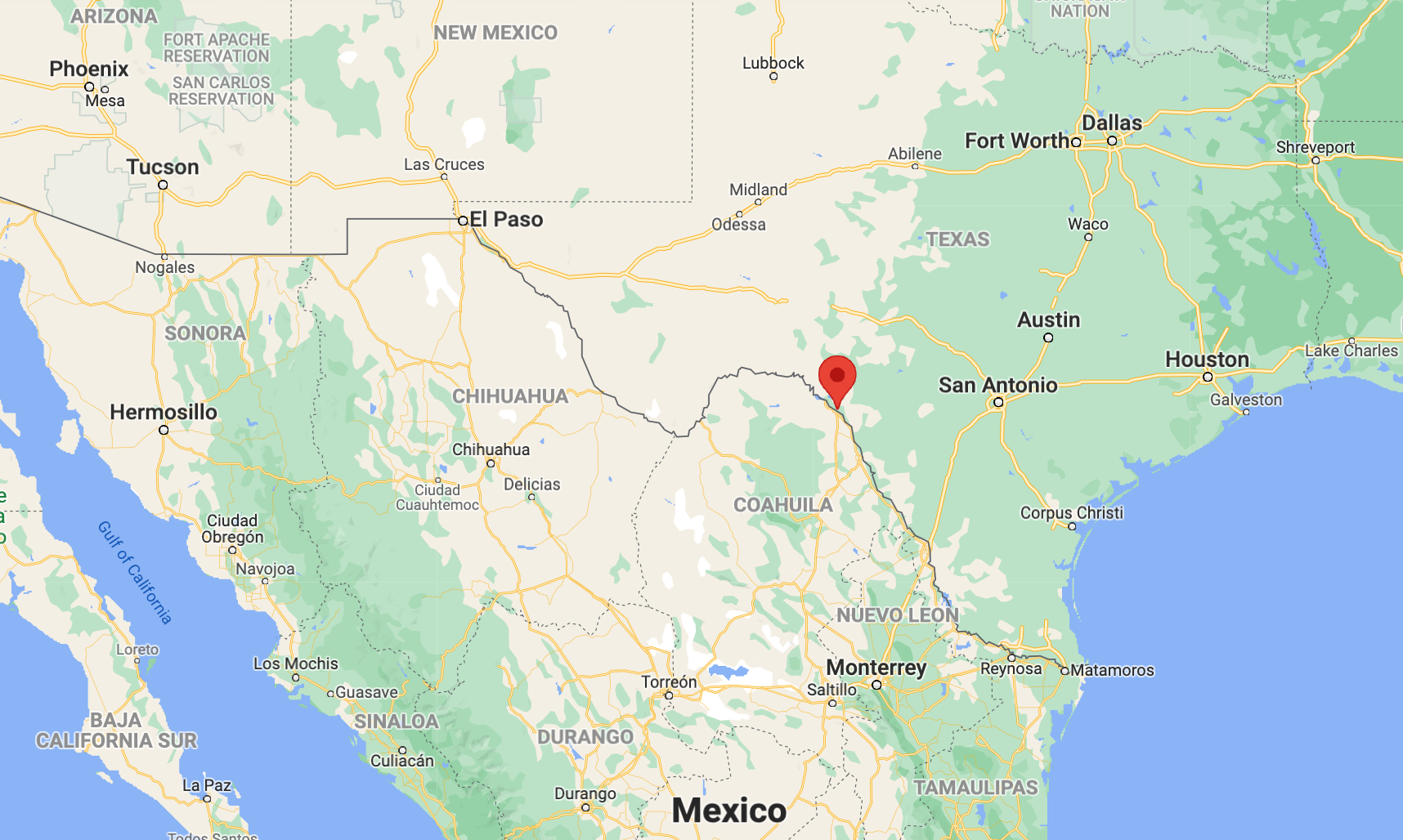AUSTIN, Texas — More than 120 landowners who live near the U.S.-Mexico border have agreed to let the state of Texas put up temporary fencing on their border-front property, the Washington Examiner has learned.
As of Wednesday, 123 people, most of whom live in Val Verde County, have consented to allow for an 8-foot-tall, barbed-wire metal fence to be erected at the edge of their property, according to a senior adviser to Gov. Greg Abbott. Eighty-two of the 123 people identified have signed agreements with the state’s military department, which is overseeing the process.
It is a major feat for Abbott’s administration as the governor seeks a third term. Getting the go-ahead from landowners will immediately allow the state to begin securing what is a vulnerable spot in its 1,250-mile shared border with Mexico. The remote region of south-central Texas, known by federal border authorities as the Del Rio region, has the third-highest total of illegal immigration nationwide, with 144,500 encounters of illegal immigrants between February and July.
The Abbott administration official said landowners, concerned about rising rates of criminal incidents on their property, initially sought out help from elected officials as the crisis at the border began six months ago. The decision to get landowners’ permission to build was driven by residents’ requests rather than the administration’s initiative, the official said.
When asked if landowners are being compensated or incentivized in any way in return for their cooperation, Abbott spokeswoman Renae Eze said that they were not, adding that “the incentive is securing their land and our southern border.”
The forthcoming border fence is intended to protect landowners and their property as more illegal immigrants who evade Border Patrol make it further into the country. Abbott in June directed state police to arrest and prosecute all illegal immigrants for trespassing.
Sheriff Brad Coe of neighboring Kinney County said his two deputies on duty each shift cannot keep up with the number of calls coming in as a result of human smuggling efforts. His staff has gone from encountering illegal immigrants once a weekend to up to five incidents per day along the county’s 60-mile border with Mexico.
“We had our ups and downs,” Coe said in a phone call Tuesday. “But over the past year, it’s gone through the roof.”
The process of putting up barriers to slow down and deter noncitizens from illegally crossing into the United States from Mexico is not a one-step process, the Abbott official said. First, planners are considering where a barrier is most needed, which includes examining areas that migrants most often access to get into the country. Second, planners will compare the first list to where landowners are willing to let the state build on their land and look for overlapping areas.
TEXAS TO AWARD BORDER WALL CONTRACT AS EARLY AS THIS WEEK
Normally, the biggest challenge for federal officials undertaking border wall projects is acquiring state and private land. Finding land slowed down the Trump administration on numerous occasions because it got held up in the eminent domain process. In this case, because landowners are lining up to have the government secure their property lines, the state does not risk getting caught up in negotiations.

“We don’t even have to ask about eminent domain because we have state land and we have lots of people saying, ‘Come here and help me,’” the Abbott administration official said.
The state has identified 733 miles of border-front land where it can build, and the Texas National Guard will carry out the project. The south-central region is expected to be the starting point.
Ken Oliver, a senior director of the Texas Public Policy Foundation think tank’s Right on Immigration initiative, said his organization first met with landowners during the Trump administration and began tracking which property owners would be open to the idea of letting the state build on their property.
Following President Joe Biden’s arrival in office in January, border encounters skyrocketed and remain at 21-year highs. The Biden administration has not made substantive changes to respond to the situation, prompting Abbott to roll out his own state response in June that included a plan to finish Trump’s border wall. Biden froze Trump’s border wall projects despite 300 more miles of it being funded before Trump left office.
On Sept. 1, the Texas Senate passed a $1.8 billion emergency border security bill. More than half of the $1.8 billion will go toward the border wall and fencing. A Washington Examiner analysis of existing border wall projects revealed that just 150 miles of the 1,250 miles of land that Texas shares with Mexico have a substantive barrier, leaving the state on the hook for roughly 1,100 miles of fencing.
The Texas Facilities Commission, which oversees state contracts, is expected to award the border barrier contract this month. As engineering and design firms are selected, their job will also be to consider what kinds of terrain make the most sense to build in.
The temporary fencing that is being constructed will have English and Spanish “no trespassing” signs posted onto it, along with barbed wire on top.
Susan Kibbe, the executive director for the South Texans’ Property Rights Association, wrote in a text that the organization “supports landowner’s efforts to protect their property from continued trespassing caused by an unsecured border.”
The number of landowners willing to let the state build on their land is likely to increase as the military and public safety departments begin asking property owners up and down the 1,250-mile border for permission to build.
CLICK HERE TO READ MORE FROM THE WASHINGTON EXAMINER
Coe, who lives on the border but does not own the land he is on, said it is notable that ranchers and farmers are willing to let the state build on their property because it means the end result is worth the trouble of having military on their land as troops build the fences and state police monitor the area.





